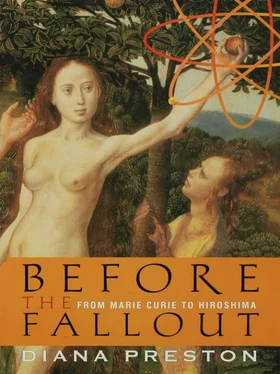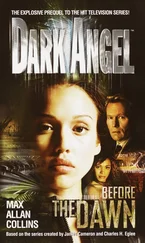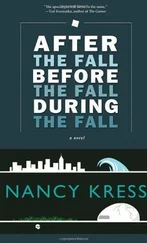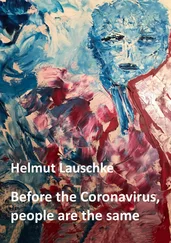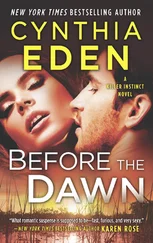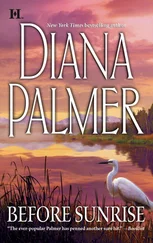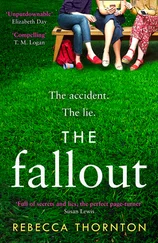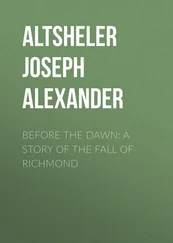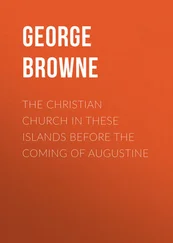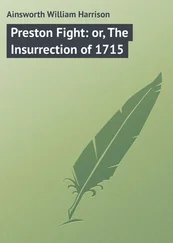quantum theory.The theory first postulated by Max Planck in 1900 that energy is released in discrete bursts—“quanta”—and not continuously. It was subsequently applied to other phenomena.
radiation.Emitted energy and particles, such as the energy and particles released as nuclei disintegrate or decay.
radioactivity.The term used to describe the disintegration or decay of nuclei, usually accompanied by the emission of particles and energy.
transuranic element.An element of higher atomic number and larger mass than the heaviest of the naturally occurring elements, uranium. An example is plutonium.
uncertainty principle.The principle defined by Werner Heisenberg in 1927 that one cannot measure precisely and simultaneously atomic properties such as momentum and position.
uranium.The heaviest naturally occurring element. It has the atomic number 92.
uranium-235.An isotope of uranium, the atomic nucleus of which contains 92 protons and 143 neutrons. Natural uranium contains approximately 0.7 percent by weight of U-235, which is capable of fission with thermal neutrons.
uranium-238.An isotope of uranium, the atomic nucleus of which contains 92 protons and 146 neutrons. This isotope comprises approximately 99.3 percent by weight of natural uranium. It is not capable of fission with thermal neutrons but can absorb them to form plutonium-239, a fissile isotope of plutonium.
uranium hexafluoride.A gaseous compound of uranium and fluorine used in the gaseous diffusionenrichment process.
x-rays.The name given to the form of penetrating radiation discovered by Wilhelm Rontgen in 1896. They are, in fact, electromagnetic waves, similar to light but much shorter in wavelength.
Archives Consulted
American Institute of Physics (Niels Bohr Library), College Park, Md., U.S. Sam Goudsmit correspondence and transcripts of taped oral histories; Hans Bethe (interviewed by Charles Weiner and Jagdish Mehra, 1966, and by Charles Weiner, 1967); James Chadwick (interviewed by Charles Weiner, 1969); Otto Frisch (interviewed by Charles Weiner, 1967); Michael Polanyi, 1962; Fritz Reiche, 1962; Emilio Segre (interviewed by Charles Weiner, 1967); Eugene Wigner (interviewed by Charles Weiner and Jagdish Mehra, 1966).
Bancroft Library, University of California, Berkeley, Calif. U.S. Ernest Lawrence Papers.
Bodleian Library, Oxford University, U.K. Frederick Soddy Papers.
Bohr Archive, Copenhagen, Denmark. Niels Bohr/Werner Heisenberg correspondence.
BBC Written Archives Centre, Caversham, Berkshire, U.K. Relevant programs are: “To Die, To Live” (Horizon series, files TX/0608 and T68/1011); “The Man and the Atom—Recollections of Niels Bohr” (files TXOS/02/1968); “The Building of the Bomb” and “Too Near the Sun” (file T14/1916/1); “The Day the Sun Blowed Up” (file T6A/508/1).
Cambridge University Library, Cambridge, U.K. Ernest Rutherford Papers; Henry Stimson’s diary.
Churchill College Archives, Cambridge University, U.K. James Chadwick, Norman Feather, and Lise Meitner Papers.
Deutsches Museum, Munich, Germany. Geheimdokumente zum deutschen Atomprogramm (Secret Documents of the German Atomic Program), 1938—45.
Hiroshima City Museum of History and Traditional Crafts, Hiroshima, Japan.
Hiroshima Municipal Archives, Hiroshima, Japan.
Hiroshima Peace Memorial Museum, Hiroshima, Japan.
Hiroshima Prefecture Archive, Hiroshima, Japan.
Jüdisches Museum, Berlin, Germany. Andrea Wolffenstein testimony.
Library of Congress, Washington, D.C. U.S. Robert Oppenheimer Papers.
Liverpool University Physics Department. Liverpool, U.K. Interviews with Joseph Rotblat, 1992 and 1994.
Radiation Effects Research Facility, Hiroshima, Japan.
Royal Society, London, U.K. (including Biographical Memoirs of Fellows).
U.K. National Archives, Public Record Office, Kew, London, U.K.
U.S. Government Records, National Archives and Records Administration (NARA), College Park, Md., U.S.
Yad Vashem, Jerusalem, Israel. Fritz Strassmann citation.
Books and Government Publications
Alperovitz, G. The Decision to Use the Atomic Bomb. New York: Knopf, 1995.
Alvarez, L. W Adventures of a Physicist. New York: Basic Books, 1987.
Badash, L. Kapitza, Rutherford and the Kremlin. London: Yale University Press, 1985.
————., ed. Rutheford and Boltwood — Letters on Radioactivity. New Haven: Yale University Press, 1969.
————. Scientists and the Development of Nuclear Weapons. Atlantic Highlands, N.J.: Humanities Press, 1995.
Badash, L., Hirschfelder, J. O., and Broida, H. P., eds. Reminiscences of Los Alamos — 1943-1945. Dordrecht, Holland: Reidel, 1980.
Bernstein, J. Hans Bethe, Prophet of Energy. New York: Basic Books, 1980.
————, ed. Hitler’s Uranium Club — The Secret Recordings at Farm Hall. New York: Springer-Verlag, 2001.
————. Oppenheimer: Portrait of an Enigma. Chicago: Ivan R. Dee, 2004.
Bethe, H. A. The Roadfrom Los Alamos. New York: Simon and Schuster, 1991.
Bix, H. P. Hirohito and the Making of Modern Japan. New York: Harper Collins, 2000.
Bodanis, D. E = MC2. London: Macmillan, 2000.
Born, M. My Life and My Views. New York: Charles Scribner’s Sons, 1968.
Boyer, P. By the Bomb’s Early Light. Chapel Hill: University of North Carolina Press, 1994.
Bragg, M. On Giants’ Shoulders. London: Hodder and Stoughton, 1998.
Brian, D. Einstein — A Life. New York: John Wiley and Sons, 1996.
Brooks, G. Hitler’s Nuclear Weapons. London: Leo Cooper, 1992.
Brown, A. The Neutron and the Bomb — A Biography of Sir James Chadwick. Oxford: Oxford University Press, 1997.
Bryant, A. The Triumph in the West — 1943—46. London: Collins, 1959. (Based on the diary and autobiographical notes of Field Marshal Viscount Alanbrooke.)
Bryson, B. A Short History of Nearly Everything. London: Doubleday, 2003.
Byrnes, J. All in One Lifetime. London: Museum Press, 1960.
————. Speaking Frankly. \y\y. Reprint. Westport, Conn.: Greenwood Press, 1974.
Campbell, J. Rutherford: Scientist Supreme. Christchurch, New Zealand: AAS Publications, 1999.
Cassidy, D. Uncertainty — The Life and Science of Werner Heisenberg. New York: W H. Freeman, 1992.
Chadwick, Sir J., ed. The Collected Papers of Lord Rutherford. Vol. 2. London: George Allen and Unwin, 1963.
Christman, A. Target Hiroshima. Annapolis, Md.: Naval Institute Press, 1998.
Churchill, W S. The Gathering Storm. London: Cassell, 1948.
Clark, R. Tizard. London: Methuen, 1965.
Clemens, C., ed. Truman Speaks. Mo.: International Mark Twain Society, 1946.
Cockburn, S., and Ellyard, D. Oliphant. Kent Town, South Australia: Axiom Books, 1982.
Compton, A. H. Atomic Quest — A Personal Narrative. New York: Oxford University Press, 1956.
Cornwell, J. Hitler’s Scientists. London: Viking, 2003.
Cronin, V Paris on the Eve — 1900—1914. London: Collins, 1989.
Curie, E. Madame Curie. New York: Pocket Books, 1959.
Curie, M. Pierre Curie. 1923. Reprint, New York: Dover, 1963. (Includes M. Curie’s autobiographical notes.)
Читать дальше
